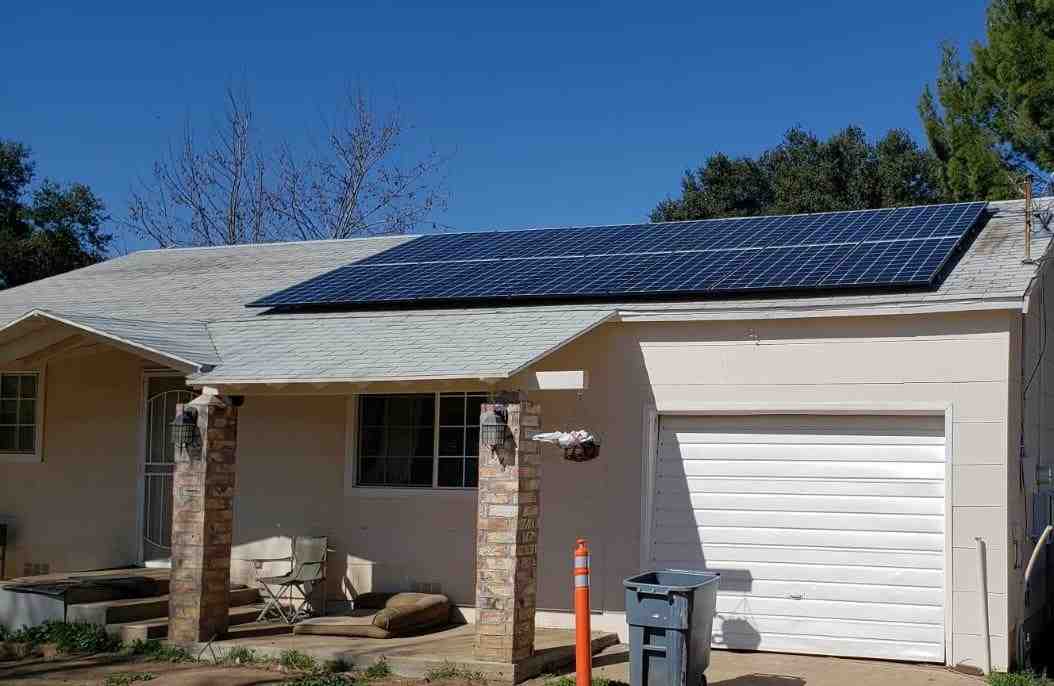In 2014, two solar groups released a report which found that only around 3,750 schools in the US – out of a total of around 130,000 – generate electricity from solar panels. But this number is growing.
According to the fourth edition of the Brighter Future report, published last week by the clean energy nonprofit Generation180, the number of US schools using solar energy has more than doubled in the past seven years, reaching around 8,400 by the end of 2021. These so-called “solar schools” now account for nearly 1 in 10 public, independent, and charter K-12 schools, serving more than 6 million students nationwide.
Tish Tablan, program director of Solar for All Schools Generation180 and lead author of the report, called the number an “amazing milestone.” As some schools are building new solar panels on the roof and on the ground, others subscribe to community solar programs. In some cases, solar panel schools generate enough electricity to sell to their communities. Since 2015, total solar power in U.S. schools has almost tripled to 1,644 megawatts, enough to meet the electricity consumption of all households in a city the size of Boston, Denver and Washington.
California is at the forefront of the package; The Golden State has both the largest number of solar schools and the largest solar capacity. It ranks fourth in the percentage of schools that have solar energy, ahead of Connecticut in Washington state and Hawaii alone, where a full 40 percent of schools have adopted solar energy. Other states are making huge gains – between 2019 and 2021, Washington’s solar power more than eightfold, while Wisconsin, Illinois, Arkansas and Virginia at least doubled their installed solar capacity.
According to Tablan, much of this growth was made possible by third party financing models such as power purchase agreements or PPAs. Under these contracts, developers pay for the installation and operation of solar panels, while schools buy electricity for a certain period of time. Developers benefit because their deals allow them to take advantage of federal tax credits and provide a stable source of income.
In the case of schools, the agreements could cut utility bills by thousands of dollars and remove the initial costs of a solar installation – something that, according to the Generation180 report, was “critical” to solar expansion beyond the richest school districts. As of 2021, the report states that 47 percent of solar-powered public schools are eligible for federal funding under the Title I Schoolwide Program, indicating that at least 40 percent of their students come from low-income families. (As of 2019, 57 percent of all public schools nationwide are eligible for such funding.)
For example, at Denver Public Schools, Colorado, PPAs with several solar power companies have helped a school district of 90,000 students install 9 megawatts of solar power in 50 schools, at least 21 of which have Title I Schoolwide. As a result, the county achieved annual emissions reductions equivalent to the removal of 2,175 gasoline-powered cars from the roads.
As an added bonus, schools in Denver use solar panels to teach students about renewable energy. This summer, Denver public schools partnered with a solar power plant nonprofit to offer high school students hands-on engineering and career guidance – a form of early career training for aspiring electrical engineers. One of the students interviewed for the Generation180 report, Kimberly, said the program “opened my eyes and introduced me to careers I didn’t know existed.”
Despite advances in schools, Generation180 insists that there is still a long way to go, as about 90 percent of US schools still do not have solar panels. “There is still a long way to go to the goal of 100% clean energy,” the report reads, “and the speed and scale of the climate crisis require us to react faster than ever.” According to the organization’s estimates, moving all US K-12 schools to 100% of solar energy would eliminate 60 million metric tons of carbon dioxide emissions annually – roughly as much as the annual climate pollution at 16 coal-fired power plants.
Tablan says more PPAs could help push the needle forward, and a policy reversal in six states – mostly in the south – that restricts these third-party financing options could have a particular impact. Federal funding from last year’s Inter-Party Infrastructure Act and this year’s Inflation Reduction Act may also be helpful; Together, the regulations include hundreds of millions of dollars in grants to modernize schools’ energy systems and reduce climate pollution, as well as an extended tax break to help schools compensate for new solar and battery projects.
Are solar panels good for the environment?
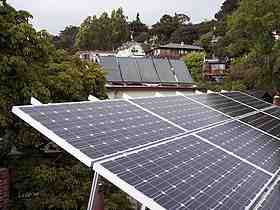
As a renewable energy source, solar energy plays an important role in reducing greenhouse gas emissions and mitigating climate change, which is crucial to protecting people, wildlife and ecosystems. Read also : San diego ibew solar. Solar energy can also improve air quality and reduce water consumption from energy production.
Are solar panels really environmentally friendly? Unlike electricity generated from fossil fuels, solar panels are extremely effective in maximizing electricity production while minimizing carbon emissions. In fact, carbon pollution and rising temperatures from the extraction and production of fossil fuels have threatened 314 North American bird species.
What are the negative effects of solar panels?
The disadvantages of solar energy To see also : A federal investigation freezes solar plans to see if China has breached trade rules.
- Expense. The initial cost of purchasing a solar system is quite high. …
- Weather dependent. Although solar energy can still be harvested on cloudy and rainy days, the efficiency of the solar system drops. …
- Solar energy is expensive to store. …
- It takes a lot of space. …
- Related to pollution.
What is the biggest problem with solar panels?
Break. One of the biggest problems with solar energy technology is that energy is only generated when the sun is shining. This means that at night and cloudy days can interrupt deliveries.
Do solar panels have a negative impact on the environment?
While solar energy is labeled as a clean and alternative energy source, there are still negative environmental implications that are not widely discussed. The production of solar panels involves carbon emissions, toxic waste, unsustainable mining practices and habitat loss.
What is the biggest problem with solar energy?
Break. One of the biggest problems with solar energy technology is that energy is only generated when the sun is shining. This means that at night and cloudy days can interrupt deliveries.
Does solar energy hurt the environment?
Solar energy technologies and power plants do not cause air pollution or greenhouse gases during operation. The use of solar energy can have a positive, indirect environmental impact when solar energy replaces or reduces the use of other energy sources that have a greater impact on the environment.
Do solar panels work at night?
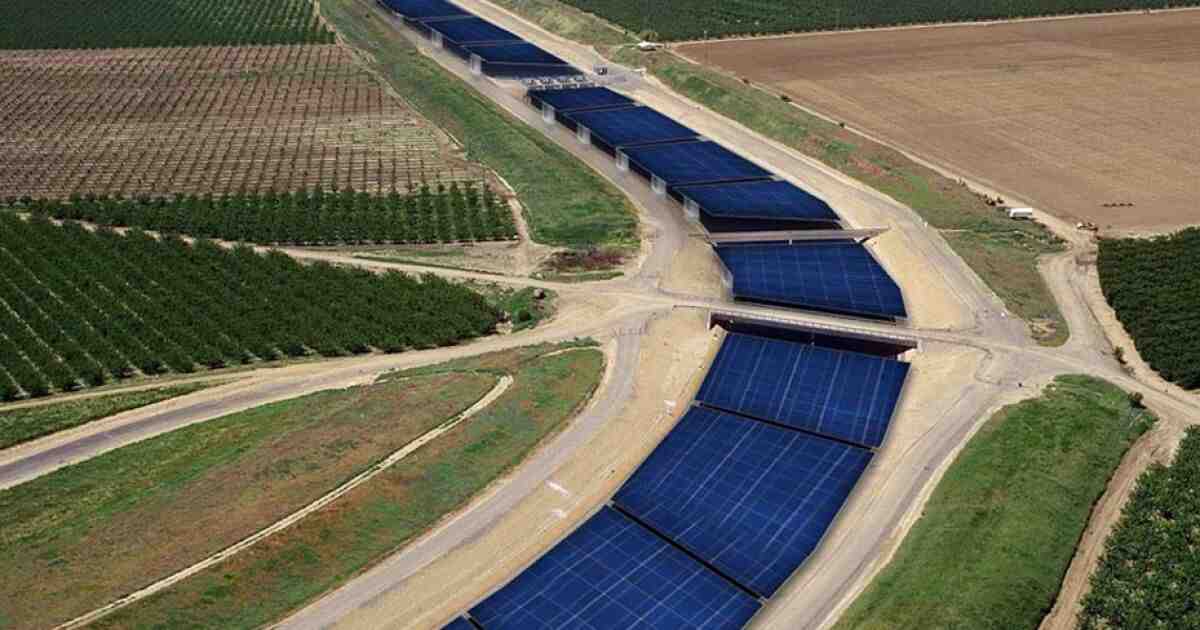
Do solar panels work at night? The answer is no, no. As we mentioned earlier, solar panels need light – preferably sunlight – to generate energy. While they can generate energy from other light sources such as street lamps and even the moon, their power output is very low.
Are there any solar panels that work at night? At Stanford, solar panels have been developed that can generate electricity at night. Farmland is visible with standard solar panels from Cypress Creek Renewables on October 28, 2021, in Thurmont, Maryland. A team of engineers at Stanford University has developed a solar cell that can generate some electricity at night.
Will solar panels power my house at night?
Do Solar Panels Produce Energy at Night? Technically not. Solar panels do not produce energy at night. Solar cells in solar panels need sunlight to generate electricity.
Can solar panels power a house 24 7?
Solar battery = 24/7 renewable energy This is one way you can still reap the benefits of solar power at night – by generating enough electricity during the day to offset the amount of electricity used by the grid when the sun goes down.
Does solar energy still work at night?
Does solar energy work at night? In short, the answer is yes. The solar energy is captured and then stored in your system, allowing it to be used after sunset.
Do solar panels still work on cloudy days?
Solar panels can use direct or indirect sunlight to generate energy, although they are most effective in direct sunlight. Solar panels will continue to function even when light is reflected or partially blocked by clouds. Rain actually helps keep the panels running smoothly, washing away all dust and dirt.
How do solar panels work when there is no sun?
Do solar panels work at night? Solar panels require sunlight to generate electricity in your home, so they don’t produce electricity during dark hours. So the simple answer to the question is no. The concept of solar energy working at night focuses on backup batteries.
Do solar panels generate enough power on cloudy days?
Do solar panels work in cloudy weather? Yes, solar panels work on cloudy days – but not as efficiently as on a sunny day. Expect them to produce 10-25% of their normal power output, depending on the thickness of the cloud cover.
How much solar do you need on a cloudy day?
On a cloudy day, a solar panel can typically produce 10 to 25% of its typical power. This percentage may vary depending on the efficiency of the solar panel and the level of cloud cover.
What happens to solar power at night?
Although solar panels do not produce electricity at night, home solar panels will not stop working when the sun goes down. Solar PV systems are either connected to the utility grid or rely on battery backup if your home is off-grid.
Does solar energy still work at night?
Does solar energy work at night? In short, the answer is yes. The solar energy is captured and then stored in your system, allowing it to be used after sunset.
How does solar power work in the dark?
Since solar panels require sunlight to generate electricity, they will not work in the dark. However, if you combine your solar energy system with an energy (or battery) storage system, you can use the solar energy production during the day by solar panels at night.
What do schools use energy on?
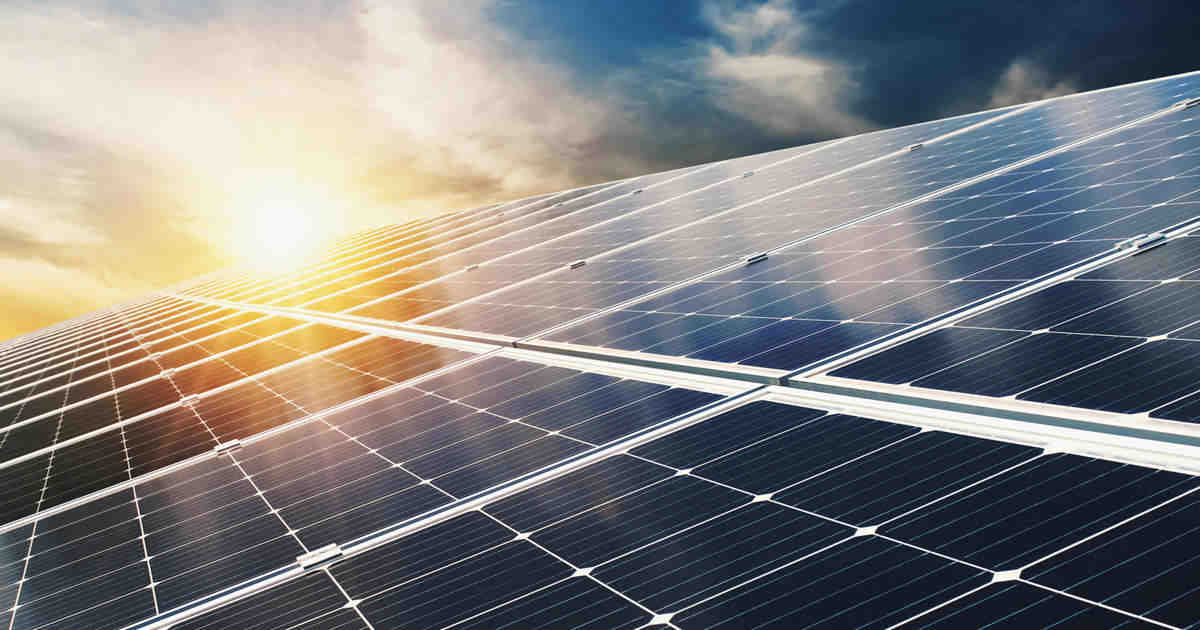
DET’s analysis showed that the main areas of energy consumption in schools are: ›Lighting› Heating and cooling ›Computers. Electricity and gas bills provide a variety of information that can help schools understand their energy use.
What 5 things can I do in school to reduce energy consumption in the classroom? Save energy at school
- There are several ways to reduce classroom energy consumption. …
- Encourage students to turn off their personal devices. …
- Turn off the lights when you leave the room. …
- Disconnect when you’re done. …
- Use timers to turn things on and off. …
- Keep the door closed.
How much energy do schools waste?
Schools typically waste about a quarter of the energy they use, and the United States Department of Energy (DOE) estimates schools have an energy efficiency potential of $ 2 billion nationwide – the equivalent of nearly 40 million textbooks.
How much energy do schools consume?
Schools typically use approximately 10 kilowatt hours (kWh) of electricity and 50 cubic feet of natural gas per square foot per year. Moreover, space heating, lighting and water heating account for around 74% -86% of their total energy consumption, depending on the location of the school.
Do schools use a lot of energy?
School Energy Use of 17,450 school districts K-12 spends over $ 6 billion a year on energy – more than is spent on computers and textbooks combined. As much as 30 percent of the total energy in the district is used inefficiently or unnecessarily.
How much energy is required to power a school?
Kindergartens through high school (K-12) buildings in the US consume an average of 10 kilowatt hours (kWh) of electricity and 50 cubic feet of natural gas per square foot (ft2) per year.
How much energy is required to power a school?
Kindergartens through high school (K-12) buildings in the US consume an average of 10 kilowatt hours (kWh) of electricity and 50 cubic feet of natural gas per square foot (ft2) per year.
How much energy does it take to power a school?
Schools typically use approximately 10 kilowatt hours (kWh) of electricity and 50 cubic feet of natural gas per square foot per year. Moreover, space heating, lighting and water heating account for around 74% -86% of their total energy consumption, depending on the location of the school.
What energy source do schools use?
Schools usually get electricity from a power station. Power plants use a variety of energy sources to generate electricity, including fossil fuels (coal, oil and natural gas), nuclear power, and renewable energy (biomass, hydro, solar and wind power).
Do schools use a lot of energy?
School Energy Use of 17,450 school districts K-12 spends over $ 6 billion a year on energy – more than is spent on computers and textbooks combined. As much as 30 percent of the total energy in the district is used inefficiently or unnecessarily.
What uses the most energy in schools?
In a typical school building, heating, cooling and lighting together account for almost 70 percent of the school’s energy consumption (Figure 1). Plug-in appliances – such as computers and copiers – are one of the three main end uses of electricity, after lighting and cooling.
What energy does school use?
Schools typically use approximately 10 kilowatt hours (kWh) of electricity and 50 cubic feet of natural gas per square foot per year. Moreover, space heating, lighting and water heating account for around 74% -86% of their total energy consumption, depending on the location of the school.
Why schools should get solar panels?
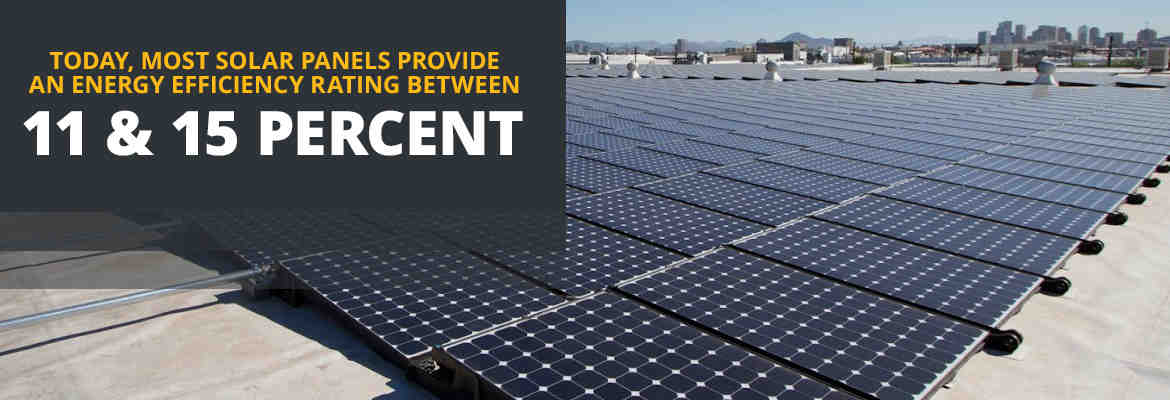
Energy cost savings, more vocational education and training opportunities, more funding opportunities, lower emissions to combat climate change and air pollution, and reliable back-up power make solar panels beneficial to almost any school or school district.
Why is renewable energy good for schools? The school’s renewable energy system provides students with an on-site learning opportunity while contributing to the school’s energy needs. Students learn about real energy problems, including the need to reduce the use of fossil fuels, and the school reduces energy costs.
Is solar energy practical for schools?
Solar energy systems offer students educational opportunities. Students in the United States lag behind many other countries in both math and science. By installing solar panels, schools can expand their educational opportunities, helping students make greater progress in STEM subjects.
Can solar energy be used in schools?
There are currently 7,332 K-12 schools using solar energy nationwide, accounting for 5.5% of all public and private K-12 schools in the United States. Since 2014, primary and secondary schools have seen a 139% increase in installed solar energy. Today 5.3 million students attend the solar school.
Is it practical to use solar energy?
You can benefit from solar energy without even being aware of it. Many companies generate some of the electricity they need from solar energy. Solar energy plays an important role in the production of electricity, from huge utilities to small businesses.
How is solar energy used to power schools?
California also allows power purchase agreements that allow schools to install solar panels at no upfront cost. In the energy purchase contract, a third party owns and installs the system and sells the electricity produced by the solar panels directly to the school.
How can solar power be used in schools?
Schools can place solar panels on shaded roofs in their car parks, allowing the school to store a lot of solar energy while shielding the cars from the sun’s heat. They can be placed over existing canopies that are strong enough to support the weight of the panels.
How is solar energy used for kids?
This means that people have been using solar energy for hundreds of years to cook food, keep them warm and dry clothes. Today it is also used to generate electricity. Solar cells turn sunlight into electricity.
How is solar energy used in schools?
New research shows that solar roof projects in schools can reduce harmful air pollution, help the environment and improve student learning while lowering electricity costs. Overall, the change in energy could bring benefits worth $ 4 billion.
How can solar energy be used to power homes schools and businesses?
The most commonly used solar technologies in homes and businesses are solar photovoltaics for generating electricity, designing passive solar energy for space heating and cooling, and solar water heating. Businesses and industry are using solar technologies to diversify their energy sources, improve efficiency and save money.

